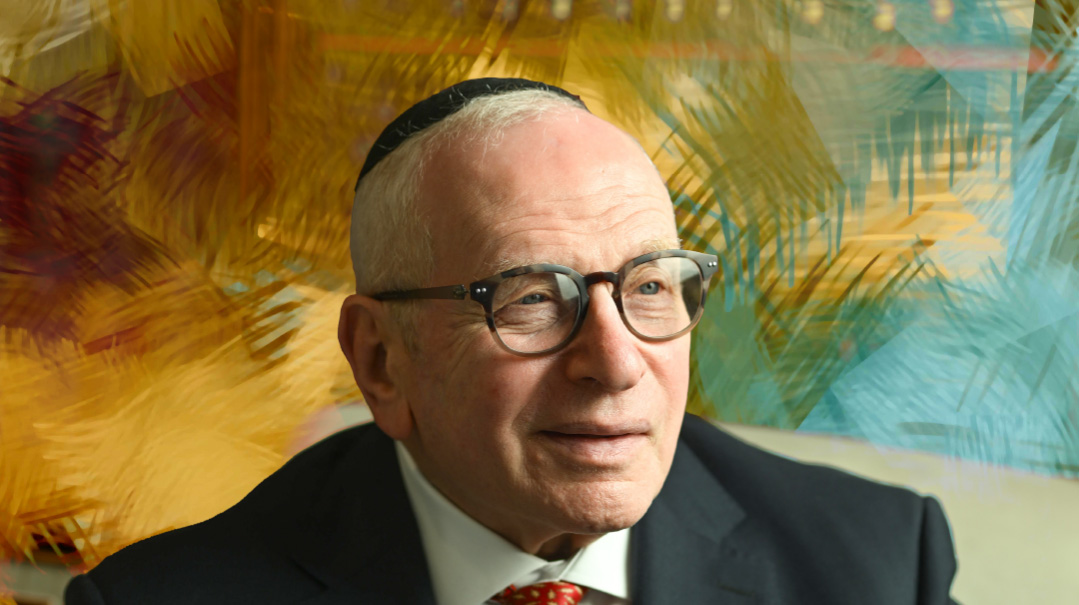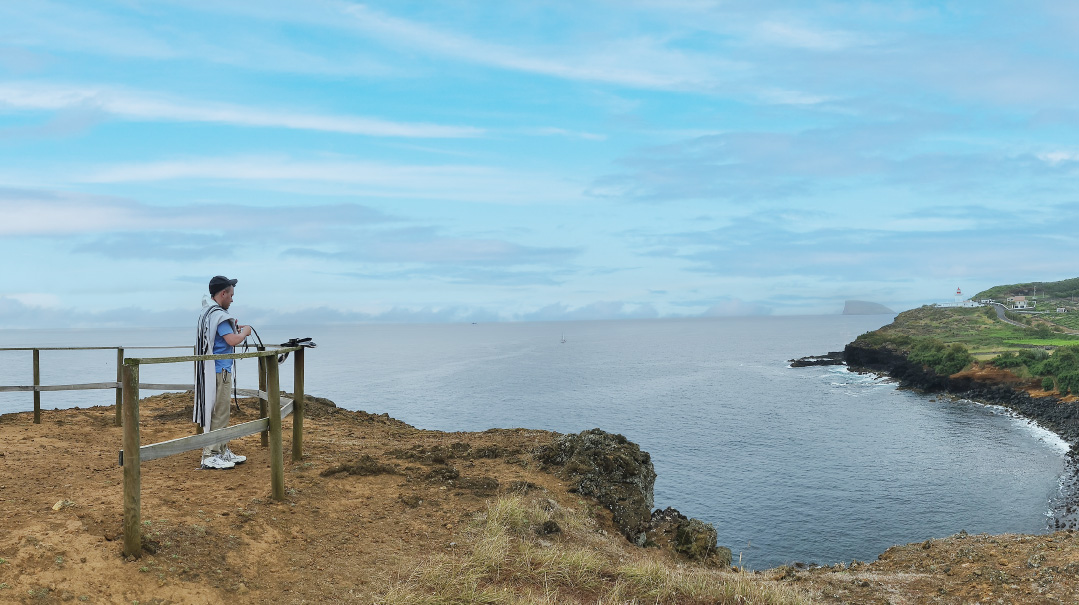Not Obsolete Yet
| March 1, 2017
FUTURE SHOCK For travel agencies some changes to the traditional paper system seemed like the stuff of science fiction. “When they introduced e-tickets we had no clue how the airline would know that you had a paid reservation if you didn’t show them a ticket” travel agency owner Judy Tenenbaum says laughing at the memory. “You could merely show up at the airport and give them your name and they had your whole history. Mindboggling” (Photos: Miriam Hammer Family Krause Archives Family Ollech Archives Family Tenenbaum Archives)
N ot that long ago you'd visit a print shop to order invitations and make an appointment with a diamond dealer when it was time to purchase a stone. Not anymore. Four traditional businesses find their foothold in a world gone techie.
No Hat Like It
On 4-6 Mariahilfer Strasse in Vienna one of the best-loved shopping miles of the city a little shop window of slightly dusty charm informs visitors that a stone staircase in the backyard leads to the workshop of a master hatter.
The original sign hung by the firm’s founder Master Szaszi directs visitors to a world of elegant gentlemen’s hats of long-lost perfection. Current owner and master hat-maker Mr. Shmuel Yechiel Shapira stands regally behind his counter a chassidic hat on his head and an old-fashioned work apron covering his clothes happy to share the story of his business.
“Szaszi opened in 1858. He manufactured hats for European and British stores and for some private individual clients too ” Shapira says. “The gentlemen of the Austro-Hungarian Empire’s high society purchased their silk top hats right here at Szaszi a hundred years ago.
“I bought the business from a Mr. Caletka who bought it from the original owner’s grandson in 1996. Most Szaszi hats were sold commercially then and the company had two employees. But soon after I took it over the economic reality here changed.”
Austria had entered the European Common Market and export costs rose. Szaszi’s clients the department stores in England and Western Europe could now buy hats and clothing from Eastern Europe at much lower prices. Labor costs too were lower in Eastern Europe and Shapira found it hard to compete.
All this was a crushing blow to the Israeli-born Shapira who had invested in the business not long before. But he soon realized that while the big clients had disappeared the small ones remained loyal.
So instead of manufacturing in quantity Shapira altered his strategy: He sought out the highest quality materials and began to create hats to individual specifications.
“Bowler hats travelers’ hats top hats Homburgs Panama and straw hats — as worn by Churchill Truman and Ernest Hemingway ” Shapira says. “Any hat my customer could dream of.”
Mr. Shapira molds his Panama hats from the fibers of the specially cultivated toquilla plant. He uses felt leather and occasionally fur from the chinchilla beaver rabbit and hare. No two are alike.
Basic felt models start at €810 ($850); beaver-felt hats and original Panama hats from €1 650 ($1 750); and felt hats made of mink and the like from €3 920 ($4 150) and up. The prices of hats made from chinchilla sable and fino-fino Panama hats are available upon request. Shapira’s most expensive creation was bought by a customer from abroad at €10 600 ($11 200).

“Diamonds have been in the family for three generations but my own sons work in tiles” Wolf Ollech says. “Do I mind that they cannot stay in our profession? Not at all. A trade is only a means of parnassah a channel for what the Eibeshter sends. Wherever the work can be found He will continue to take care of us.”
“Each hat is a new prototype — an individual creation” says Shapira who becomes passionate when explaining what makes his hats unique. “They take hours of skilled workmanship and they cost accordingly. When you manufacture many hats you focus on the style not the individual wearer. But when you create a hat for one client you work for him. You meet him and measure him and study his profile his figure and his features. You talk to him sometimes for hours and learn his tastes and what he wants.
“Some men want to fade into the woodwork others want to make a statement with a strong silhouette which identifies them. Some of my clients are new hat-wearers who want to cultivate a distinguished or professional look some are trendsetters. Classical tastes antique or simply extravagant — I listen and observe. Then with the help of Hashem I create a hat — for him.”
Although Szaszi maintains an English-language website it is little advertised; most clients arrive at the workshop through word of mouth. Where do they come from? “All over the world ” Shapira says. “Very few people in the world create custom headwear for men.”
Mr. Shapira is alone in his workshop which has a museum-like atmosphere on this cold winter day. “Yes I work alone — only the Ribbono shel Olam is in my business with me ” Shapira says. “My business has changed yet I gain intense satisfaction. When I make a hat the owner looks like he was born wearing it.” (excerpted)
Oops! We could not locate your form.







